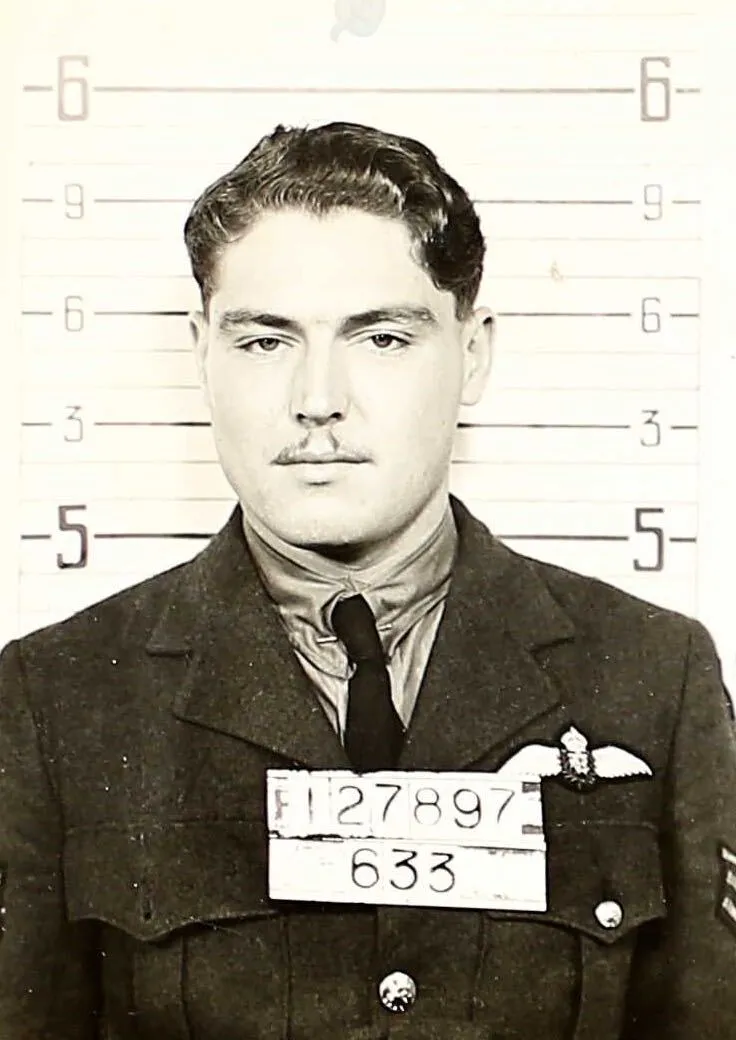Finlayson, Stuart Scott (Pilot Officer)
Killed in Action 1944-May-24


Birth Date: 1920-December-06
Born:
Parents: Son of Robert Scott Finlayson and Ethel May Finlayson, of Toronto, Ontario.
Spouse:
Home: Toronto, Ontario
Enlistment:
Enlistment Date: unkown date
Service
RCAF
Unit
175 Sqn- Squadron (RAF)
Stop At Nothing
Base
Rank
Pilot Officer
Position
Pilot
Service Numbers
J/85036
Home
Typhoon serial: JR311

Hawker Typhoon Mk. IB (Serial No. RB402), coded 5V-P, of No. 439 Squadron, RCAF, landing at airfield B100, Goch, Germany, ca. 1944
The Hawker Typhoon (Tiffy in RAF slang) is a British single-seat fighter-bomber, produced by Hawker Aircraft. It was intended to be a medium-high altitude interceptor, as a replacement for the Hawker Hurricane but several design problems were encountered and it never completely satisfied this requirement.
The Typhoon was originally designed to mount twelve .303 inch (7.7 mm) Browning machine guns and be powered by the latest 2,000 hp engines. Its service introduction in mid-1941 was plagued with problems and for several months the aircraft faced a doubtful future. When the Luftwaffe brought the formidable Focke-Wulf Fw 190 into service in 1941, the Typhoon was the only RAF fighter capable of catching it at low altitudes; as a result it secured a new role as a low-altitude interceptor.
The Typhoon became established in roles such as night-time intruder and long-range fighter. From late 1942 the Typhoon was equipped with bombs and from late 1943 RP-3 rockets were added to its armoury. With those weapons and its four 20mm Hispano autocannons, the Typhoon became one of the Second World War's most successful ground-attack aircraft.
By 1943, the RAF needed a ground attack fighter more than a "pure" fighter and the Typhoon was suited to the role (and less-suited to the pure fighter role than competing aircraft such as the Spitfire Mk IX). The powerful engine allowed the aircraft to carry a load of up to two 1,000 pounds (450 kg) bombs, equal to the light bombers of only a few years earlier. The bomb-equipped aircraft were nicknamed "Bombphoons" and entered service with No. 181 Squadron, formed in September 1942. Wikipedia